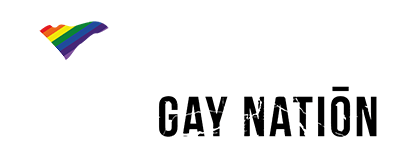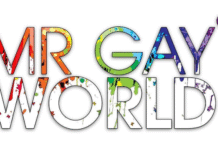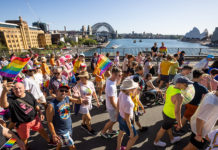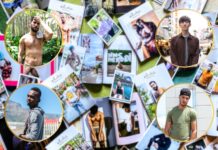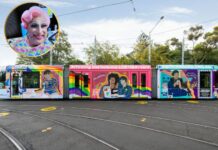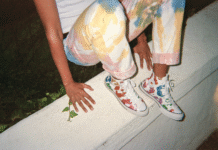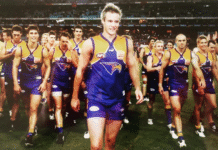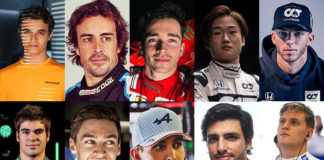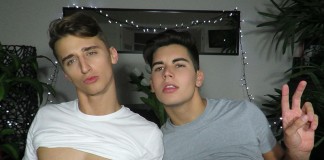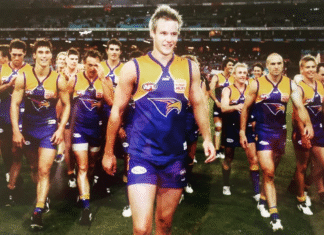
Although some parts of American society is going backwards, the television industry has again made some leaps forward with the news that for the current year 11.9% of characters on tv are LGBTQ, an increase of 2.8% on last year and marks a new record high percentage of LGBTQ series regulars on broadcast TV.
In its annual report for the 2021-2022 season Where are we on TV, the American association GLAAD applauds a record of LGBTQI + characters in the series, noting in particular better visibility for the lesbian and trans communities.
This year’s study found that of the 775 series regular characters scheduled to appear on scripted broadcast primetime programming for the 2021-2022 season, 92 characters (11.9%) are LGBTQ.
There are an additional 49 LGBTQ recurring characters on the platform for a total of 141 LGBTQ characters on broadcast.
For the first time in this report’s history, lesbian characters represent the majority of the LGBTQ characters on broadcast at 40% (56 characters), up six percentage points from the previous season.
Gay men make up 35% (49) of characters, a decrease of five percentage points from last year. Bisexual+ representation increased very slightly this year, after two years of decreases.
Bi+ characters represent 19% (27) of regular and recurring broadcast LGBTQ characters, an increase of one percentage point from last year.
GLAAD President & CEO Sarah Kate Ellis said the growing state of LGBTQ representation on television is a signal that Hollywood is truly starting to recognize the power of telling LGBTQ stories that audiences around the world connect with.
“At a time when anti-LGBTQ legislation and violence continues to increase, it is cultural institutions like television that take on the crucial role of changing hearts and minds through diverse and inclusive storytelling,” said Ellis.
“Networks and platforms must continue to prioritize telling LGBTQ stories that have been long overlooked, with a specific focus on the trans community, LGBTQ people of colour, people living with HIV, and LGBTQ people with disabilities.”
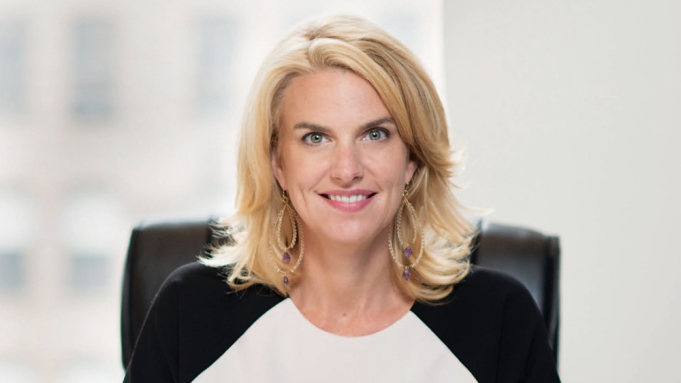
This year, racial diversity of LGBTQ characters is up on broadcast and streaming, but down on cable. For the fourth year in a row, LGBTQ people of colour (58 per cent) outweigh white LGBTQ people on broadcast, continuing to meet GLAAD’s previous challenge ensuring that more than half of LGBTQ characters were also people of colour.
After meeting and surpassing the challenge last year, representation of LGBTQ people of colour on cable decreased this year to 45 per cent. Representation of LGBTQ people of colour on streaming increased to 49 per cent.
This year, there are 42 regular and recurring transgender characters tracked across all three platforms (broadcast, cable, and streaming), up from 29 last year. Of those, 20 are trans women, 14 are trans men, and eight are nonbinary trans characters.
These characters appear in 25 dramas and 11 comedies. There are a further 17 characters who are nonbinary and not trans.
GLAAD uses the data from the Where We Are on TV study to shape its work as a resource to the industry throughout the year, including to advocate for leaders in the TV industry to greenlight more diverse and substantive LGBTQ representations that accelerate acceptance.
Last Updated on Feb 22, 2022
The news team for Gay Nation love tips from our readers. Got tips or a news story that you would like published? Go here to tell us something.
Visit the Gay Nation store Now

